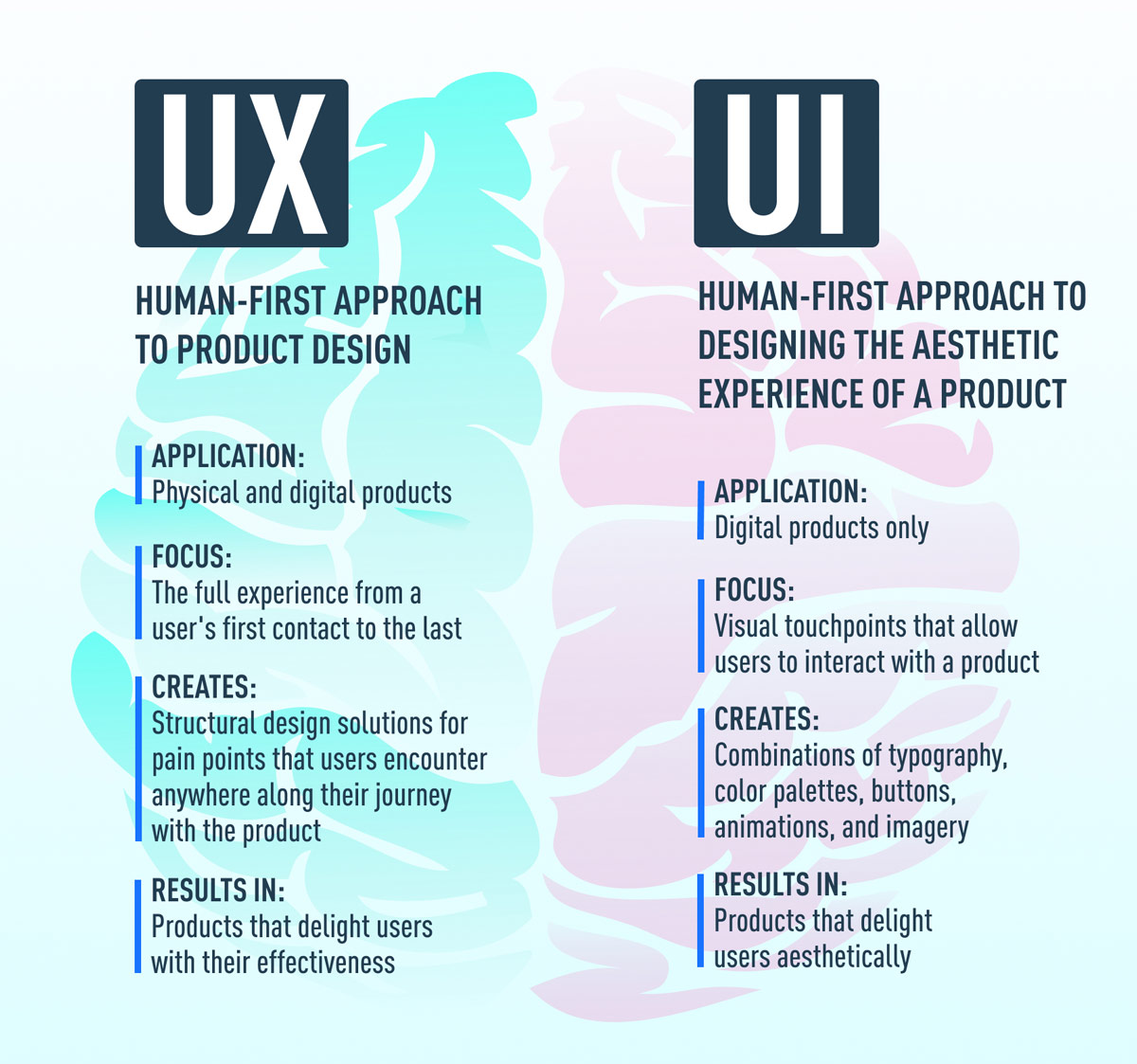Index Surge: Amplifying Your Insights
Stay updated with the latest trends and news across various industries.
Designing Delight: Why Your UI Should Feel Like a Hug
Transform your UI into a warm embrace! Discover the magic of designing delightful user experiences that keep users coming back for more.
The Emotional Impact of User Interface Design: Creating Comfort Through Aesthetics
The emotional impact of user interface design cannot be overstated, as it plays a crucial role in shaping user experiences and interactions with digital products. A thoughtfully crafted interface not only facilitates usability but also evokes feelings of comfort and satisfaction. By integrating principles of aesthetic design—such as color theory, typography, and layout—designers can create a visually pleasing environment that resonates with users on an emotional level. For instance, calming colors like soft blues and greens can induce a sense of tranquility, while well-structured layouts can reduce cognitive load, making navigation effortless and enjoyable.
Moreover, the comfort through aesthetics extends beyond mere functionality; it fosters a connection between the user and the interface. When users find pleasure in their interactions, they are more likely to remain engaged and invested in their experience. This emotional engagement can be enhanced by incorporating elements that reflect the user’s preferences and values, such as personalized content or culturally relevant designs. In essence, by prioritizing the emotional implications of design, we can create not just effective interfaces, but also meaningful experiences that leave a lasting impression.

5 Key Elements to Make Your UI Feel Like a Warm Embrace
Creating a user interface (UI) that feels like a warm embrace involves a deep understanding of human emotions and aesthetics. The first key element is color scheme; choosing warm, inviting colors like soft reds, oranges, and earthy tones can immediately establish a cozy atmosphere. Additionally, consider typography—select fonts that are friendly and easy to read, avoiding overly rigid styles that may create distance. Whitespace also plays a vital role; by allowing your design to breathe, users will feel more relaxed and engaged rather than overwhelmed by clutter.
The second key element is interactivity. Incorporating gentle animations and transitions can make the experience feel more dynamic and engaging, rather than static. User feedback mechanisms, like subtle notifications or sounds, can further enhance this emotional connection. Lastly, remember to prioritize accessibility; ensuring your UI is usable by everyone not only broadens your audience but also fosters a sense of community. By combining these elements, your UI can truly feel like a warm embrace, making users feel valued and connected.
How to Design User Interfaces That Foster Connection and Trust
Designing user interfaces that foster connection and trust is essential for creating meaningful user experiences. Start by incorporating elements that promote transparency, such as clear navigation, honest messaging, and accessible information. Utilize familiar patterns and layouts that users can easily recognize, which will help reduce cognitive load and create a sense of comfort. Additionally, prioritize user-centered design principles by seeking user feedback and iterating based on real-world usage to ensure that the interface resonates with your audience.
Another effective strategy is to build emotional engagement through visual design elements. Employ a harmonious color palette, appealing typography, and inviting imagery that reflect the brand's personality and values. Incorporating human-centric elements—like authentic imagery of real people or relatable illustrations—can enhance feelings of connection. Additionally, consider implementing micro-interactions that respond to user actions, helping to create a lively and interactive experience that fosters a sense of trust and reliability in the interface.